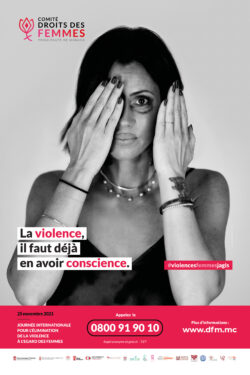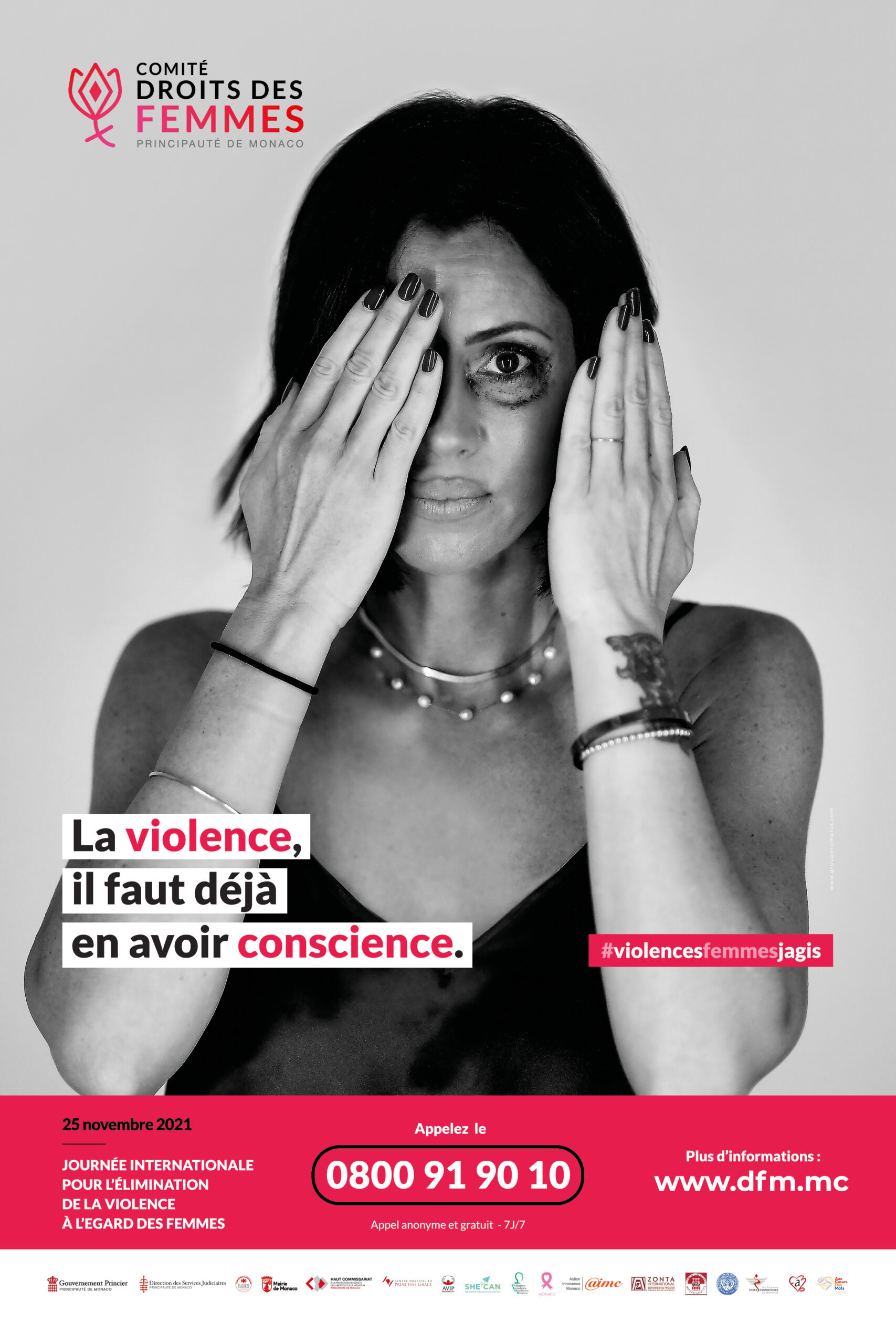
The 2021 campaign focused on raising awareness about abuse among victims themselves, as well as among their families and friends, by highlighting the message: “To escape abuse, you first need to recognise you’re experiencing it.”
The campaign features a short fiction film explaining how to spot the ways in which violent individuals manipulate their victims and the different kinds of domestic violence: psychological, verbal, financial, sexual, and/or physical.
Definition of domestic violence
Domestic violence, sometimes referred to as “intimate partner abuse”, occurs where one partner seeks to control or manipulate the other, resulting in a power imbalance in the couple.
The abuser exploits their intimate relationship with their female partner, causing her to experience feelings of inferiority, insecurity, powerlessness, and dependency, and restricting her ability to end the relationship. This can take the form of intimidation, humiliation, insults, threats, blackmail, physical and/or sexual assault, withholding, isolation, monitoring interactions and activities, etc. There is often a cycle of abuse, which has the effect of keeping the victim constantly on edge, regardless of where she is or what she is doing. She is no longer able to act or think freely.
The five main forms of domestic violence shown in the film
Amandine, 29, psychological violence
Psychological violence is always the first to make itself felt, and accompanies every other form of abuse. This is the type of violence that an abuser uses to gain control over their partner. It can be subtle and difficult to spot. The abuser intimidates, humiliates, monitors, and insults their partner to lower her self-esteem and exert a greater hold over her. Psychological violence may initially seem harmless, but repeated over time, it gradually causes the victim to begin doubting herself and questioning her self-worth. She eventually comes to believe she is worthless and that the abuse is her own fault. This makes her more susceptible to other forms of violence, and less likely to leave the relationship as a result.
Chantal, 61, verbal violence
Verbal violence involves the frequent or repeated use of words, insults, shouting, or even silence. The language used is often hurtful or contemptuous. The abuser may also seek to manipulate their partner by adopting a false “kind” tone. Verbal violence is designed to control, coerce, denigrate, intimidate, and humiliate.
Anne, 44 ans, financial violence
Financial violence or financial abuse involves depriving a partner of money or preventing them from meeting their own basic needs, such as food, housing, clothing, or going out. The abusive man controls the couple’s finances, and in doing so makes it very difficult for his partner to leave. He may, for example, stop her from working or force her to leave her job. If his partner does work, an abusive man may withhold her salary from her. He may also spend all of the couple’s money, or saddle them both with heavy debts to assert his financial control over his partner.
Clémence, 47 ans, sexual violence
Sexual violence includes sexual exploitation, molestation, rape, and any other sex acts experienced by the victim as degrading, humiliating, or painful. These acts are committed without the victim’s consent. They may be obtained or committed by coercion, threats, intimidation, pressure, or manipulation. Although sexual violence has been a criminal offence (…) since 1983, victims are less likely to report it than any other, often due to the feelings of guilt and shame it can cause.
Isabelle, 52, physical violence
 Exit site
Exit site

